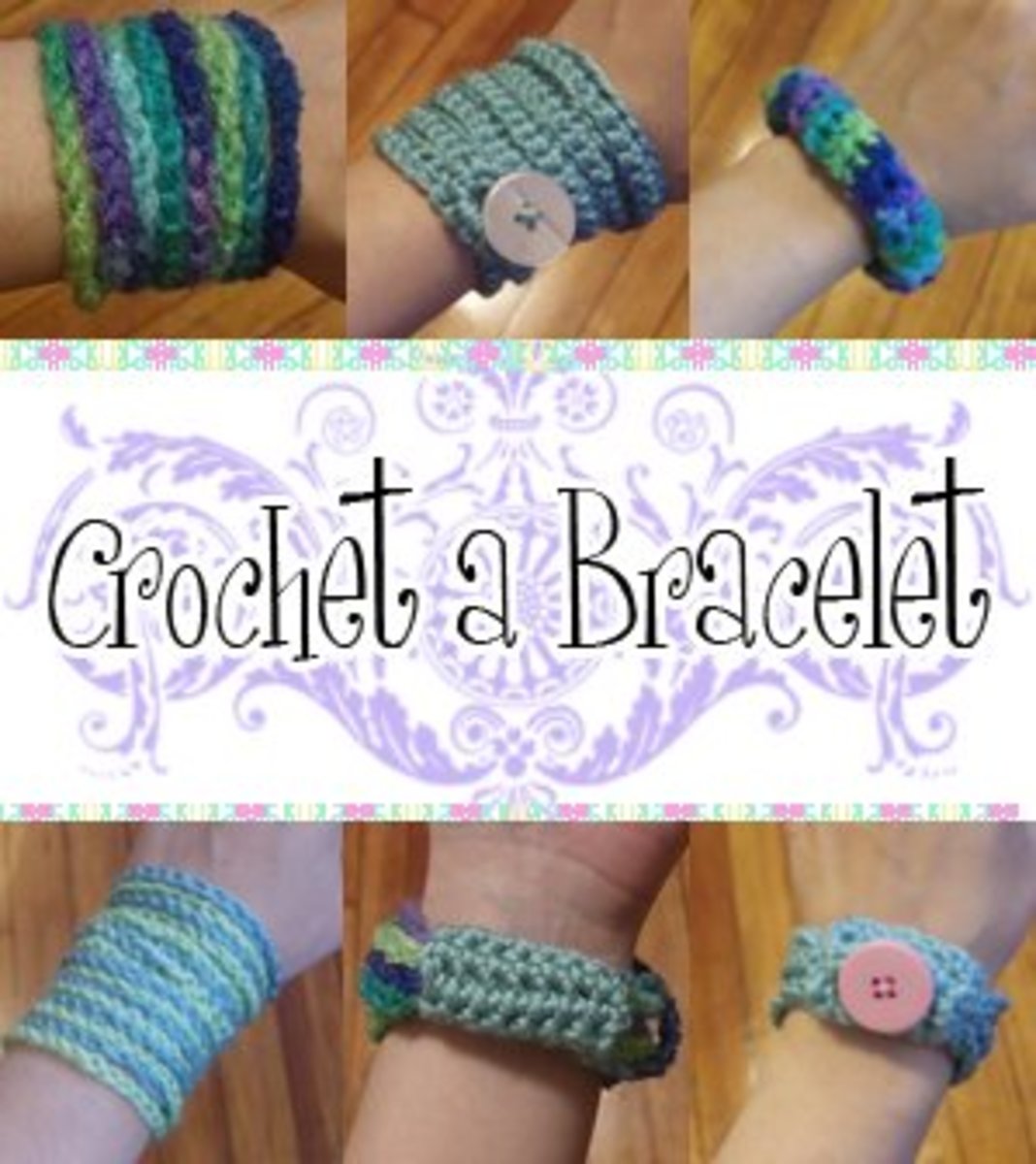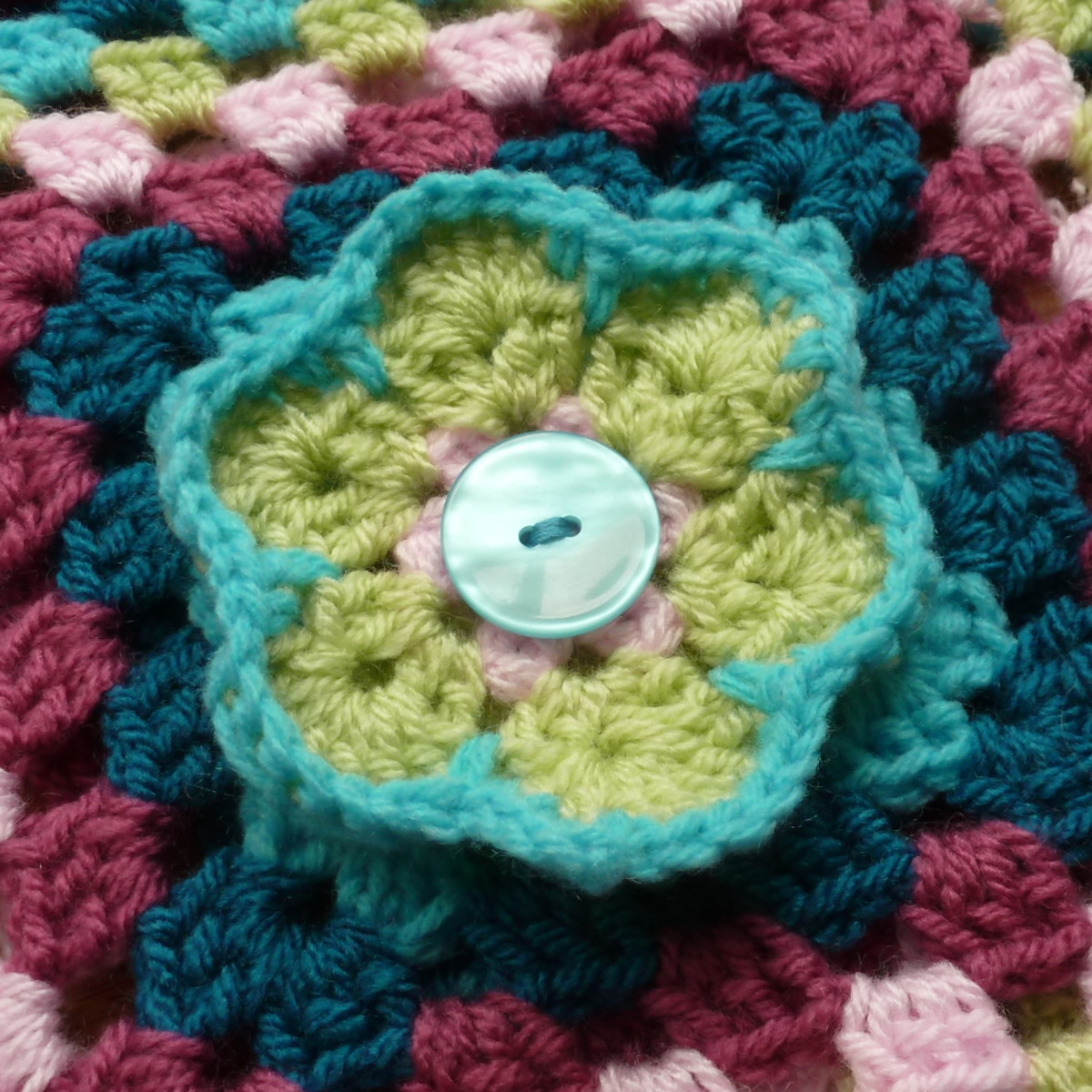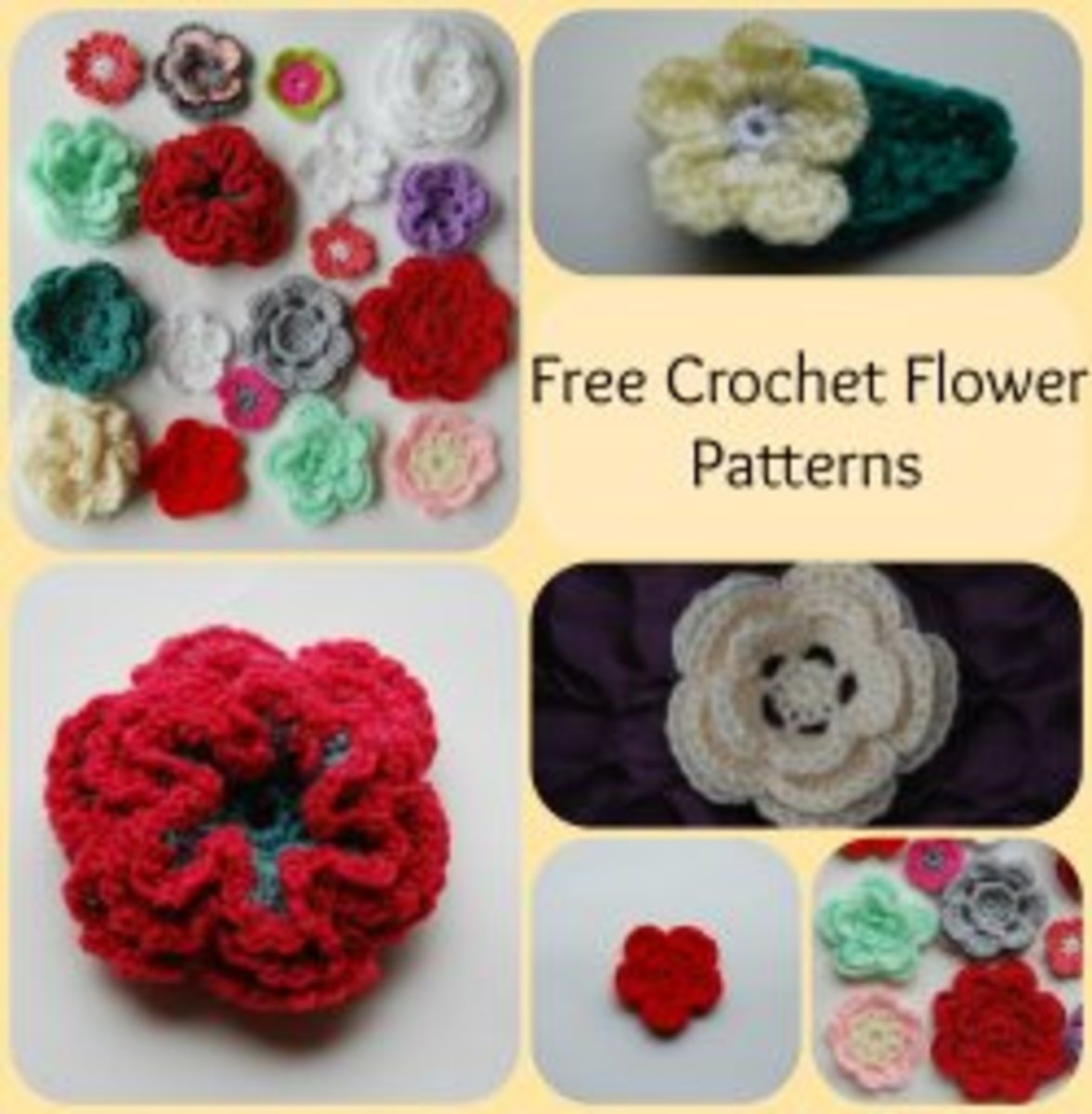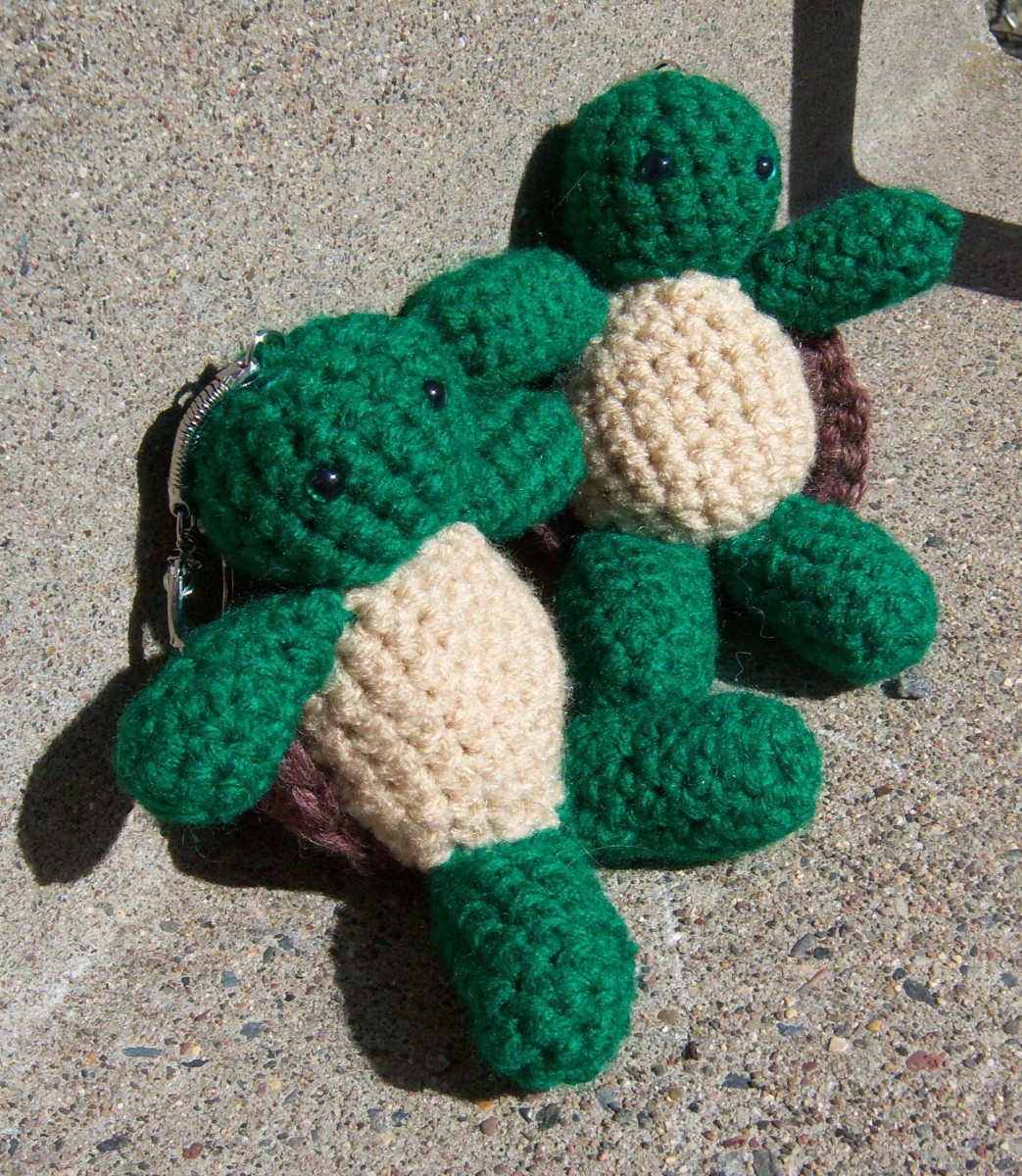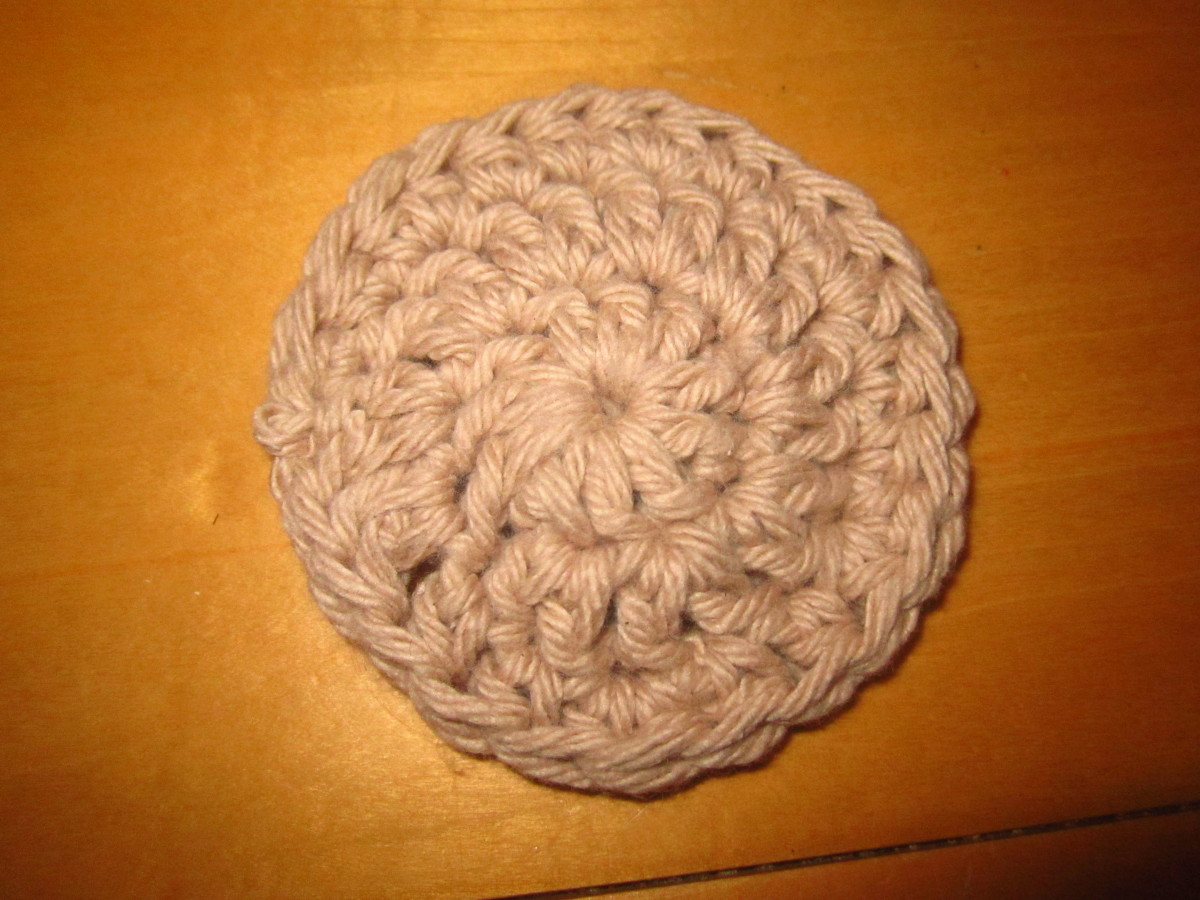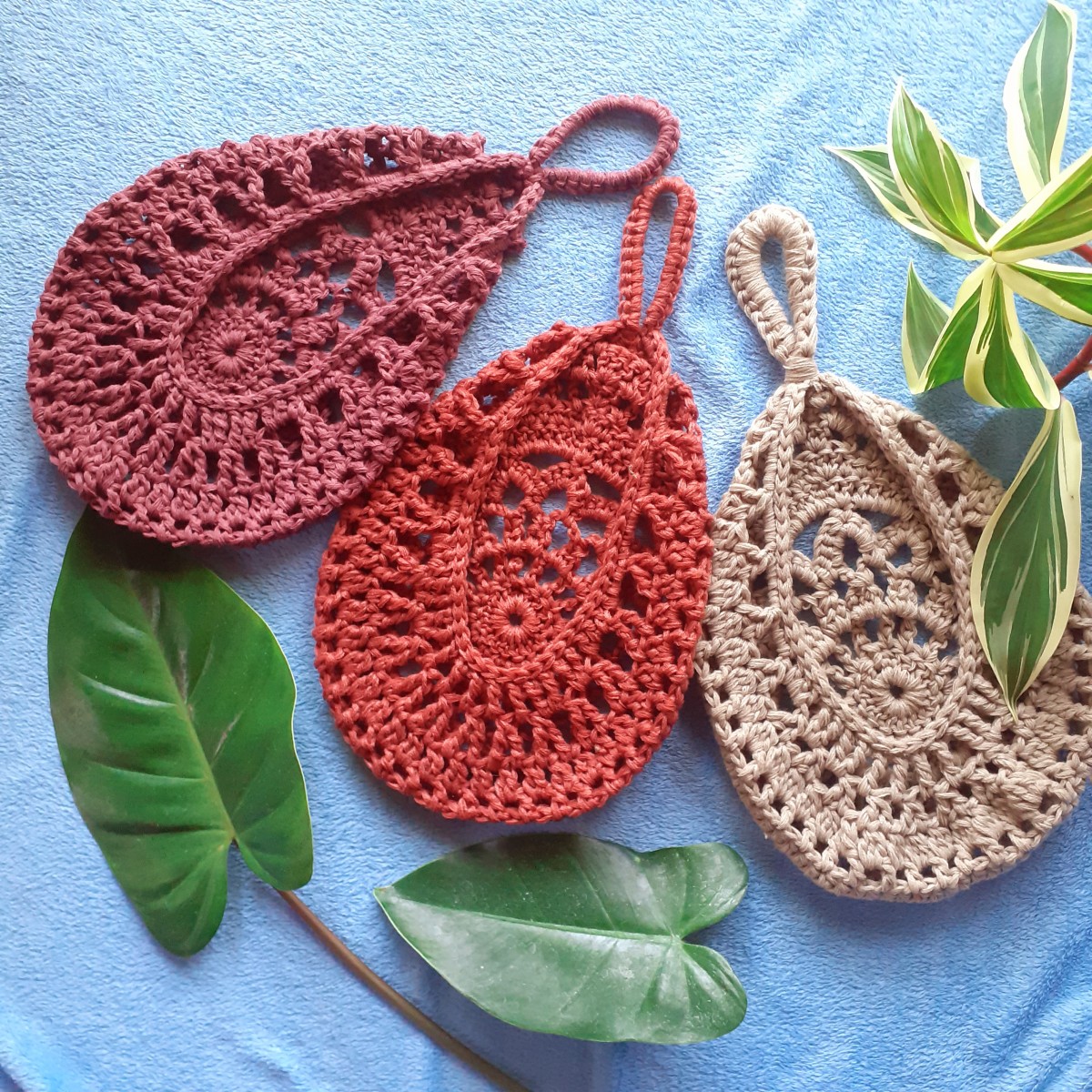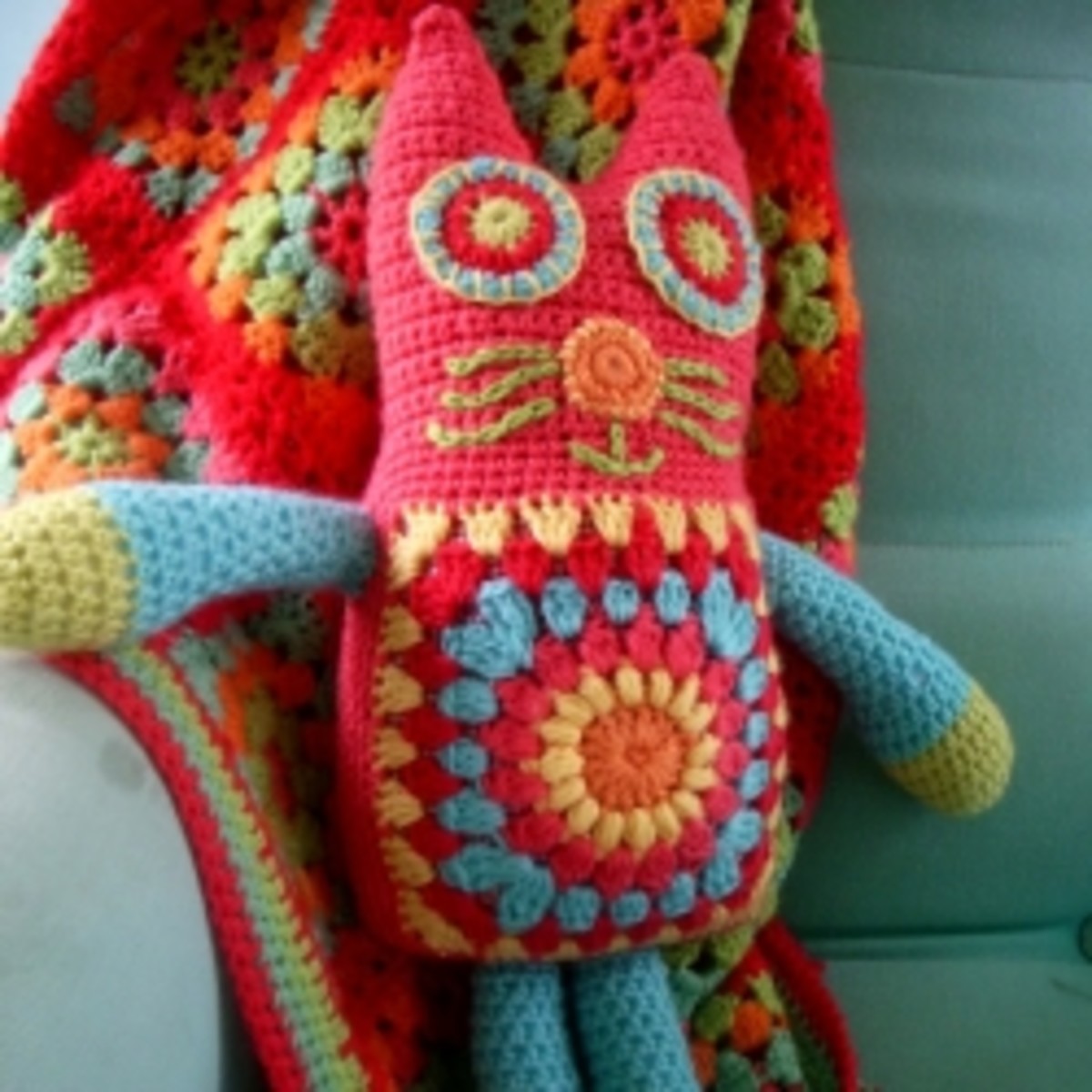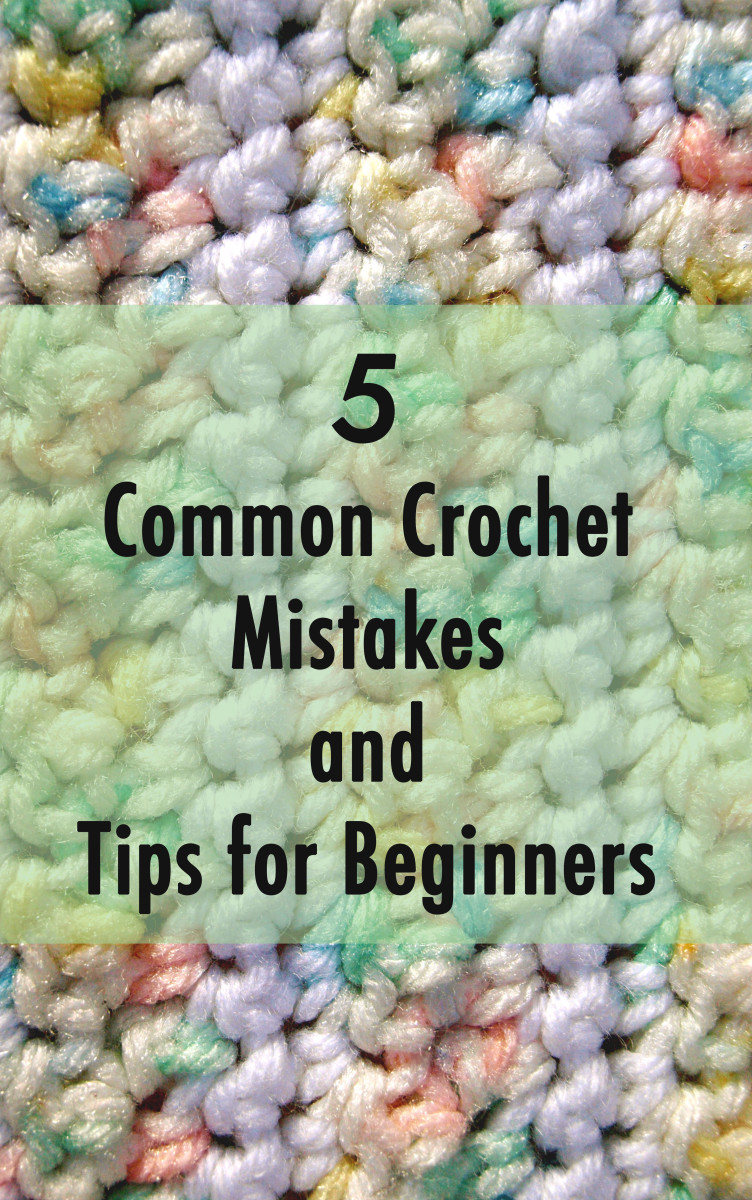- HubPages»
- Arts and Design»
- Crafts & Handiwork»
- Textiles
How to Crochet a Chain - the Chain Stitch
The Chain Stitch
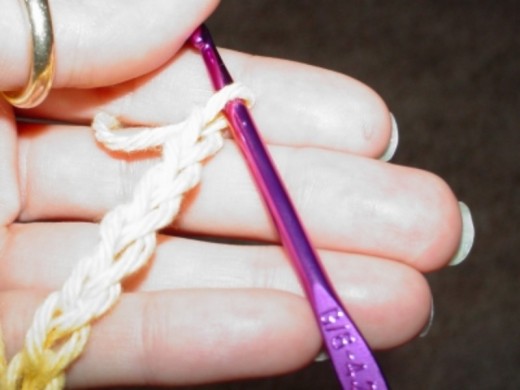
The chain stitch is the foundation for all crochet projects. To put that another way, the first step of any crochet pattern is a chain. To the right is a photo of a finished chain.
Slip Knot

Step 1: The Slip Knot
To crochet a chain a chain stitch, you must first make a slip knot and place it around the crochet hook. Here are the steps to creating a slip knot. If you already knot how to do this, just skip down to step 3.
Use the yarn to create a loop, or circle. Feed the end of the yarn back behind the circle.
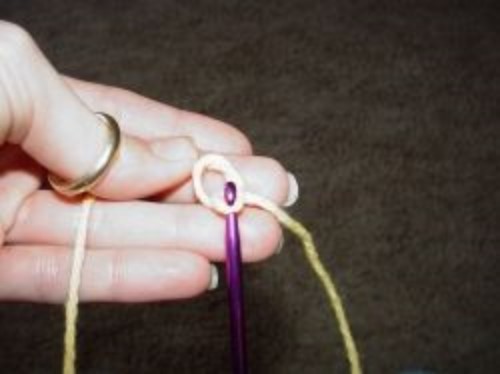
Step 2: Finish the Slip Knot
Use your fingers, or the crochet hook, to pull the yarn you just fed behind the circle up through it. The yarn should be long enough that the end doesn't come up through the circle as you do this.
Tightened Slip Knot
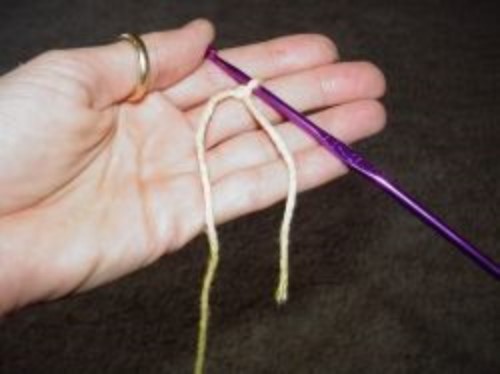
Step 3: Tighten the Slip Knot
Tighten the slip knot around the crochet hook. The yarn you just pulled through the loop is on the crochet hook. Tighten it by pulling the working yarn to secure the slip knot around the crochet hook.
Yarn Over
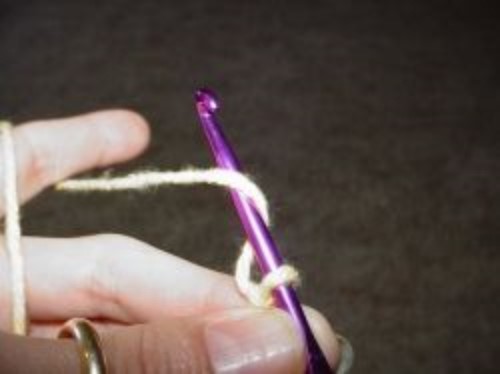
Step 4: First Chain Stitch
Once you have the slip knot secured on the crochet hook, you will need to "yarn over," commonly abbreviated (YO). This is a crochet phrase that simple means lay the yarn across the crochet hook, so that you can use the hook to pull it through the loop that is currently on the crochet hook. The photo on the right shows a "yarn over" with the yarn simply lying over the crochet hook, waiting to be hooked an pulled through the loop.
Go ahead, yarn over, or place the yarn across the crochet hook. I pinch the end of the yarn between my fingers to hold the slip knot in place as I yarn over and pull it through the slip knot.
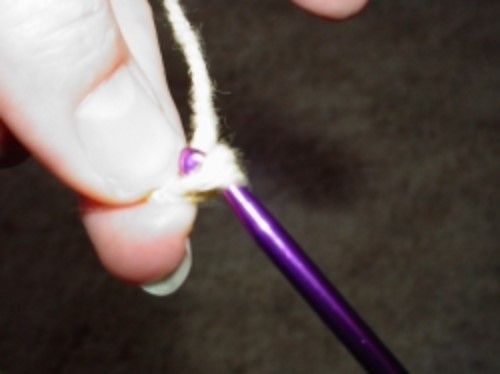
Making the First Stitch in the Chain
Pull it through. Now that you have the yarn over your crochet hook... hook the yarn and pull it through the slip knot with your hook.
The first one is the trickiest. After pulling the yarn through the slip knot it remains on the crochet hook, forming a second loop.
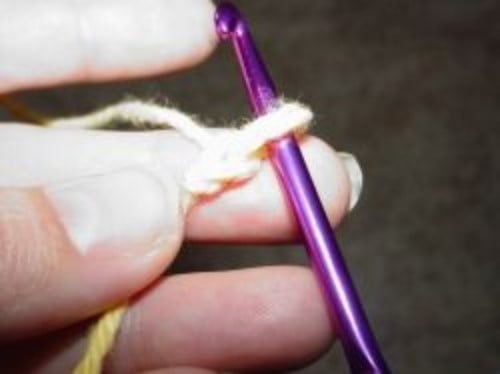
Repeating to Make a Series of Chain Stitches
Now, that you've pulled the yarn through the loop, you have a new loop on your hook. You also have your first chain stitch. Keep repeating the yarn over and pull through the loop until you crochet a chain the length called for in your crochet project.
A Finished Chain
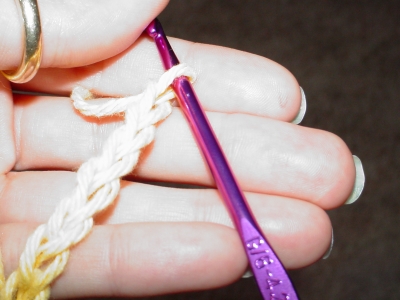
Chain Stitch Video from YouTube
© 2014 hsschulte

